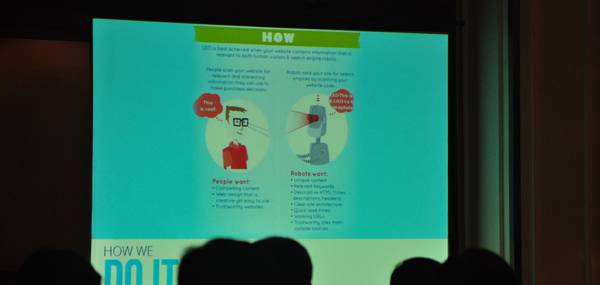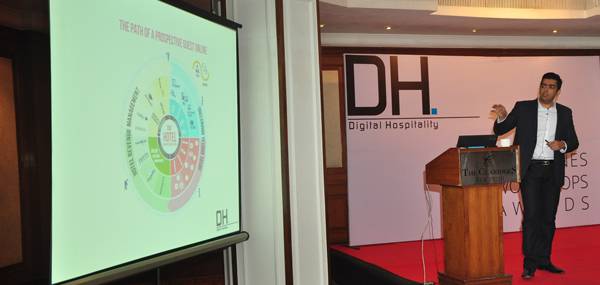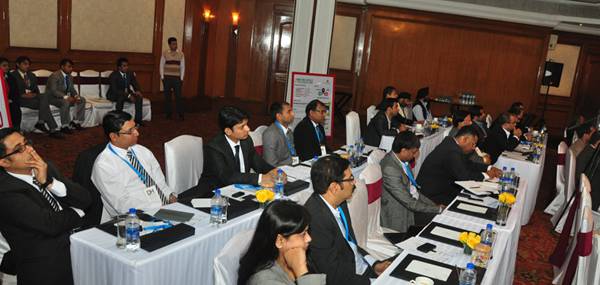delivered to the right audience at the right time and at the right place (and at the right cost, to you). However, how do you define good content or a relevant message in the contemporary world? A nice graphic when viewed on a smartphone may make no sense while on PC / Laptop it will attract eyeballs like nothing else. A nice website, if not responsive in nature, will alienate all such prospective consumers who primarily use their tablets to surf. So, all your initiatives in the digital domain now need to be customized for each screen and without an escalated cost.
Website:
- The first step is to look at your website. If it is not a responsive design, it is time you took the step of upgrading it.
- If a responsive website is out of your budget, go for a separate mobile site. A low quality mobile site with limited features is still better than no mobile compatible site at all.
- When you think about SEO, think mobile as well. Optimization for mobile sites is way different than the traditional websites and should be treated separately.
- Analyze the traffic on your website. Where does it originate from? Which devices people use? It should give you a fair idea about the need for a mobile compatible website.
Going Social:
- On a PC, it’s the images that stand out. As the screen size is big, you can have graphics with text inside them and do away with complementary text with your posts.
- On a tablet, it is still a mix of graphics and text as the screen size is not too small for graphics and text is quite readable. So, a mix of graphics and text will work well with the audience.
- On smartphones, though, text is still the eye catcher. Short and simple, but it is the primary attention grabber and users will then choose to click and enlarge the image. So, text for smaller screens require more thought than for Laptops and tablets
- Your social media messages for different screens also need to be different. A user on a bigger screen is more likely to “share” your images while more of your quirky text messages will engage users of smartphones. So, virality or engagement of your content will depend on the screen size.
- Also to be noted that same users generally look for the same product on multiple screens and hence the nature of the content should be the same to avoid any incoherency.
Advertizing:
- Google’s PPC program is now fundamentally different for different screens. Yes, most of it depends on the functionality of various devices like “click to call” for mobile phones but even the type of content used is different.
- With Display Ads dependent on graphics, the size of text on a graphic needs to be a bit bigger for tablets as compared to bigger screens.
- For smartphones, Display Ads are not really effective as such so textual ads shall be focused uponFor smartphones, Facebook Ads so far are not feasible and hence you may consider a bigger budget for Google Ads for mobile phones while Facebook Ad Spent may be considered if your target audience is primarily desktop / Laptop based.

















































